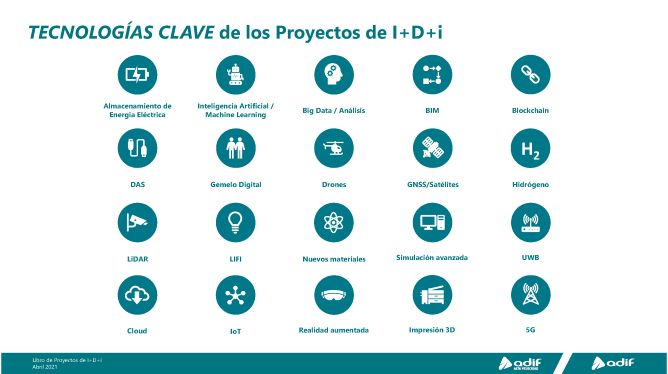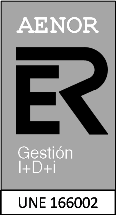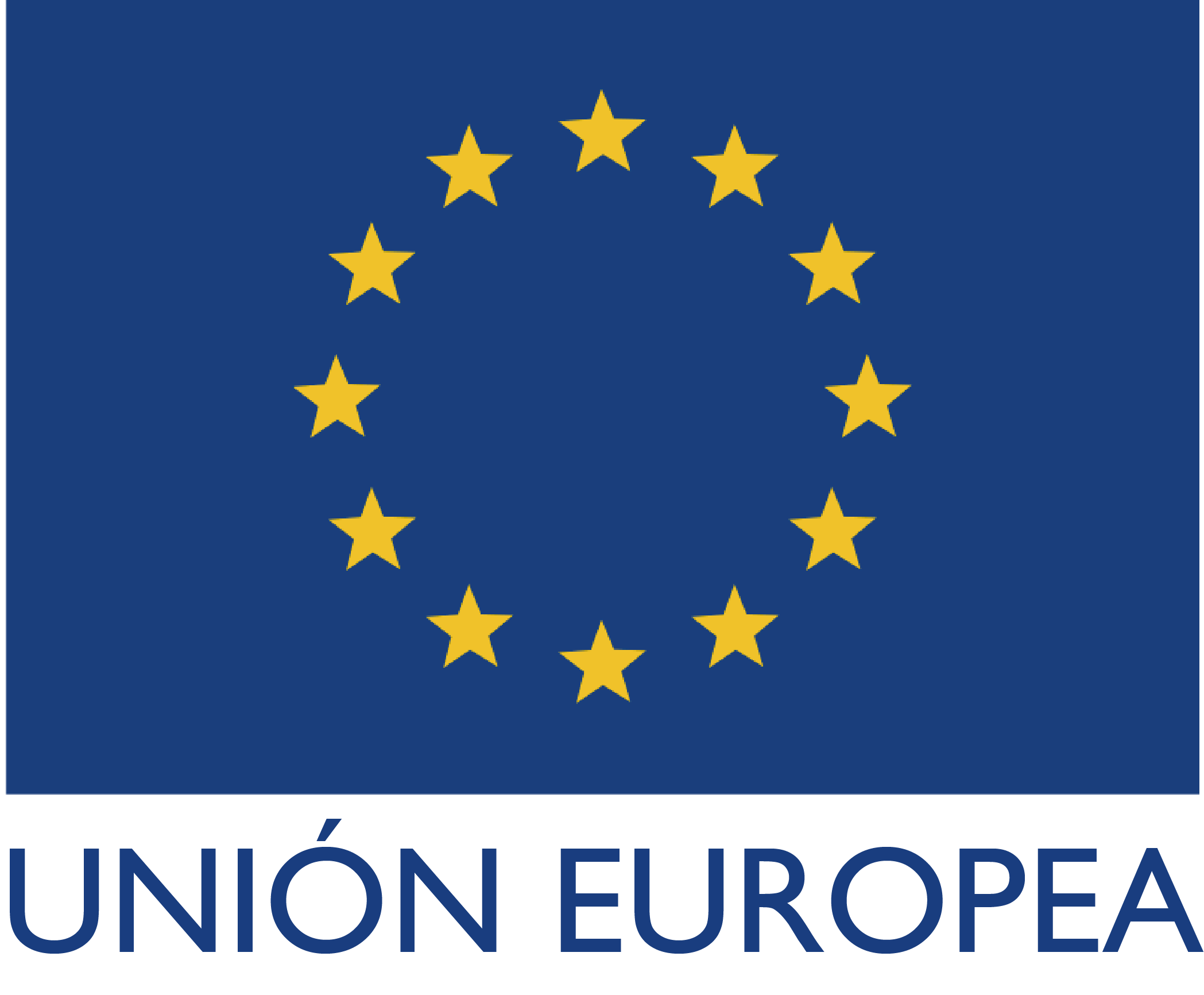What do we do?
Innovation drives Adif
Adif also acts as a promoter of R&D+i, stimulating new developments that can add value to the railway. Always looking for new ways to innovate more effectively and efficiently, we have gone from collaborative innovation to open innovation in search of possible solutions to our needs. Open innovation is based on detecting needs and intrapreneurship, technological surveillance and the collaboration of the innovation ecosystem, together with the financial support of Adif and the co-financing of national and European innovation promotion programmes, systematically seeking continuous improvement.
We have also adopted new ways of interacting with the agents of the innovative environment so that communication with them is fluid, two-way and productive. One that we have already experienced with remarkable success is preliminary consultation to the market, which makes it possible to formulate a challenge and receive proposals with a view to a possible tender.
Adif's innovative effort is manifested in the number and nature of the projects we undertake, in the financial volume of our investments and in the transfer to exploitation of the output of the innovation. Since 2006, we have initiated more than 150 R+D+i projects, with a mobilized global budget close to 62 million euros.
New challenges
New challenges

To promote these research, development and innovation activities, Adif sometimes uses different financing instruments and R&D+I financial assistance that provide economic benefits or an increase in Adif's assets earmarked for innovative activity.
The financial options for these instruments are diverse, taking the forms of subsidies or partially reimbursable financial assistance, including the Innovative Public Procurement (IPP) option, both in innovative technology (IPPT) and in pre-commercial modality (PPP).The selection between the different possibilities responds to the project's risk levels and the technological maturity to be achieved by its results, as well as the total volume to be financed for each action, with respect to the open calls.
In national aid, priority is given, among others, to the selection of those coordinated or channelled through the CDTI (Centre for Industrial Technological Development), a Public Business Entity, dependent on the Ministry of Science and Innovation, which promotes innovation and technological development of Spanish companies.
In the case of international aid, there are more diverse options.Although the CDTI has a certain role in channelling the ERDF (European Regional Development Fund) financial assistance for certain lines of innovation, the different calls for each European R&D+I framework programme are also taken into account, in recent years in the figure of Horizon Europe and its associated partnerships, such as Shift2Rail.For innovation linked to railway interoperability there are also options to raise CEF funds (Connecting Europe Mechanism).
In addition, the following projects are also financed with ERDF funds from the European Union and the Ministry of Science, Innovation and Universities:

Innovation and Adif's 2030 strategy
Adif's 2030 Strategic Plan describes the four main pillars of the company's activity:safety, service, sustainability and results orientation, supported by communication, innovation and digital transformation as levers to achieve corporate objectives and face the challenges of a future in which the railway must have a leading role.
In this panorama, innovation defines challenges and proposes solutions based on concepts such as mobility as a service, smart infrastructures, smart mobility or digitalisation. The safety pillar brings together advanced solutions to reduce risks and raise standards throughout the General Interest Railway Network. The service pillar is a focal point for technologies linked to the development of the station of the future and the increase of freight transport by rail, with solutions as innovative and versatile as the variable-gauge axle for freight traffic. Sustainability is the axis around which projects related to energy efficiency and alternative energies applied to the railway are undertaken. Such projects are carried out in areas like electromobility, reversible substations and the use of hydrogen as traction energy.
The reference framework chosen by Adif to direct its R+D+I activity includes Spanish and European reference regulations:
- Spanish Strategy for Sustainable Mobility (and the debate document for the 2030 Strategy for Safe - Sustainable - Connected Mobility); 2012-2024 Infrastructure, Transport and Housing Plan; Spanish Strategy for Science, Technology and Innovation; State Plan for Scientific and Technical Research and Innovation; Hydrogen Roadmap)
- 2020 Horizon Programme; 2021-2027 Horizon Europe bases; and 2011 White Paper on Transport (European Commission)
- 2050 Railway Roadmap (ERRAC)
- Hydrogen Roadmap, of the Ministry for Ecological Transition and Demographic Challenge
Since 2006 Adif has completed more than one hundred R+D+I projects in different technical specialties.

A summary can be downloaded from the following link:
R&D+i policy

Adif's R&D+i Policy was approved on September 12, 2006 by the Management Committee and includes the objective of implementing an R&D+i management system in accordance with UNE standard 166002. This management system was implemented in 2007 and was audited by AENOR in 2008.
As a result of this process, Adif's R&D+i management system was certified according to the UNE 166002:2001 standard with the scope: Management system for research, development and innovation in railway technology.
Since then, Adif's R&D+i management has passed all audits and maintains its certification.
Adif's R&D+i Policy states its intentions and declares the principles on which it bases its activities, outlines the framework for action and establishes its R&D+i objectives and goals.
Related links
List of licensed products and licensee companies
Railway Technologies Center
All the information from a facility that is at the forefront of global railway technology
R+D+i news
Adif innovation news
History of track gauge innovation in Spain
Interactive poster on the evolution of track gauge in Spain
EU-Rail, the future of innovation
One of the visible aspects of Adif's drive for innovation is our presence as founding partners of Europe's Rail Joint Undertaking (EU-Rail), a European association for railway research and innovation created within the framework of the Horizon Europe program (2020-2021).
We are involved in six flagship projects currently underway:
FP1 – MOTIONAL
FP2 – R2DATO
FP3 – IAM4RAIL
FP4 – RAIL4EARTH
FP5 – TRANS4M-R
FP6 – FUTURE



